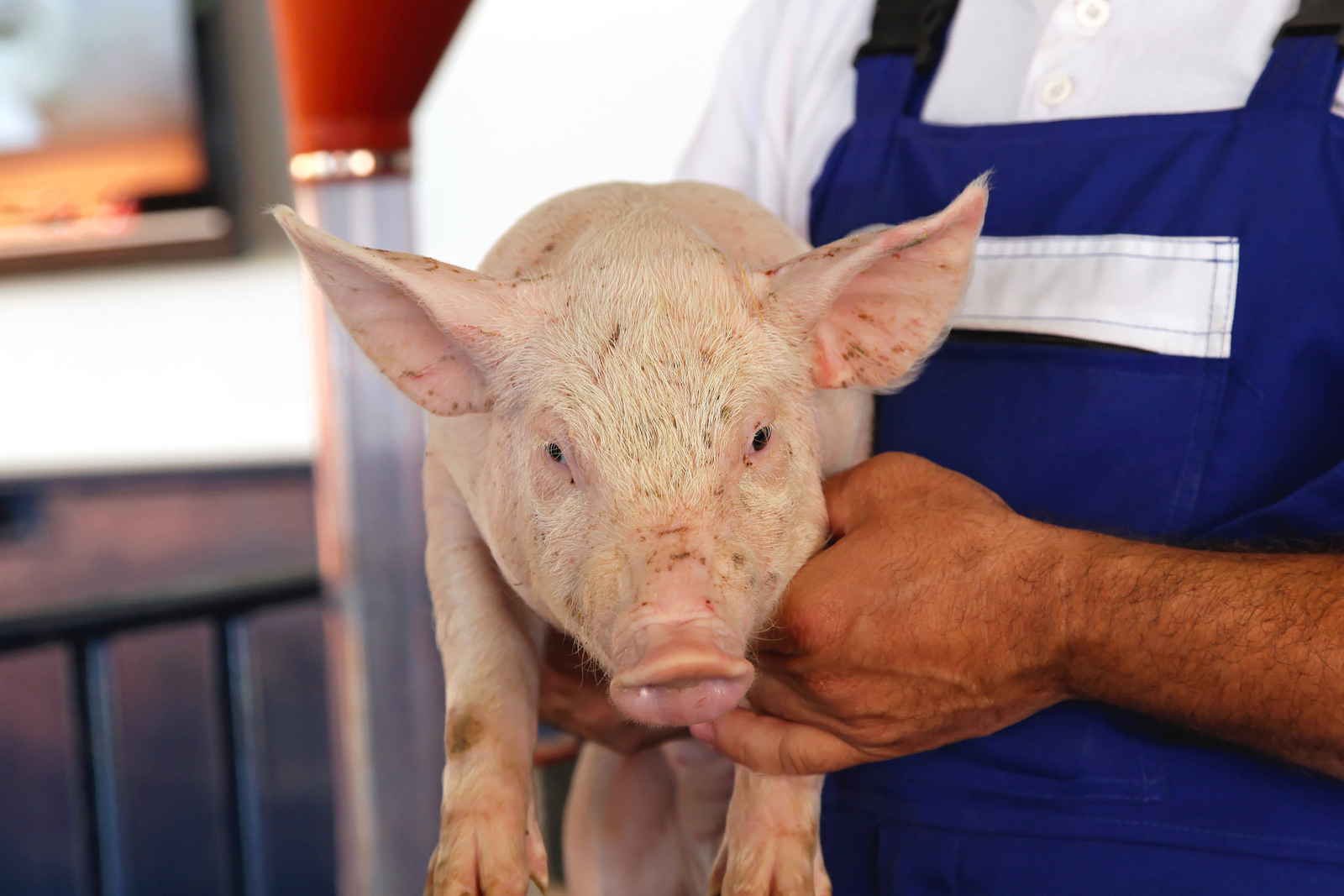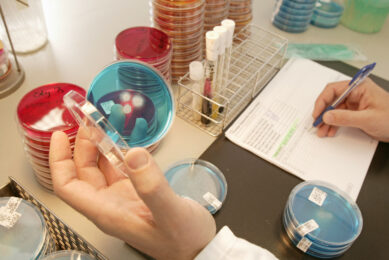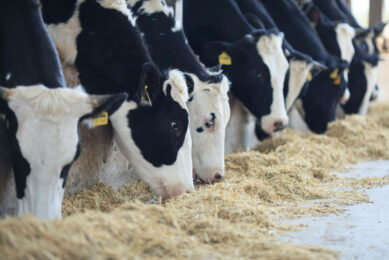Less antibiotic use in German livestock

The European Union has a strong top-down approach to regulating non-therapeutic uses of antibiotics in animals. Now it is time to regulate the veterinary use. Germany has therefore recently ?implemented some new rules.
By Emmy Koeleman
The European Union leads the world in reducing antibiotic use in healthy animals. Sweden (1986), Denmark (1998) and Switzerland (1999) were the first countries to unilaterally ban all non-therapeutic antibiotic growth promoters in animal feed. An EU-wide ban on the use of antibiotics as growth promoters in animal feed came into effect on January 1, 2006. Since then, many European countries have also actively started to work on better monitoring of the antibiotics given by veterinarians. In the Netherlands for example, a strict and effective plan came into force not long after the in-feed antibiotic ban. With great success. In the years 2007-2012 the total sales of antibiotics licensed for therapeutic usage in animals in the Netherlands decreased by nearly 50%, from 495 tonnes in 2009 to 249 tonnes in 2012. The use of fluoroquinolones and 3rd/4th generation cephalosporins have been reduced to a minimum. These are the types of antibiotics that are critically important in human medicine. Resistancy to these type of medicines (spurred by overuse) should therefore be avoided.
Renewed German system
The centralised data collection of veterinary use of antibiotics (including a warning system for veterinarians and farmers), implemented in the Netherlands, has inspired several other EU countries to start or step up the monitoring the therapeutic use and sales of antibiotics. In Germany, a compulsory antibiotic monitoring system came into force on April 1st this year. It is a renewed version of a system from 2008, which wasn’t that successful. In practice, the system (Deutsche Antibiotika-Resistenzstrategie (DART)) means that every six months, pig, poultry and cattle farmers need to report their antibiotic use to the veterinary authorities. If the data show that a farm has used more antibiotic products than average, the farmer is forced to cooperate with the veterinarian on a improvement plan to reduce the antibiotic use. The farms that use more than 25% above the average level, a written action plan should be presented. If the action plan is not followed, the farmer could get a financial penalty. It is also possible for the German farmers to compare their antibiotic use with colleagues via an online monitering system.
Reduction continues
The implementation of the new DART system was a long and tough process for the German Bundesdag. Nevertheless, it shows that Germany takes it responsibility in reducing antibiotic use and hence minimise the spreading of resistant bacteria. Earlier data already showed that the use of antibiotics in the German animal production already declined in 2013. With these new efforts, the German industry (among which the German Farmer’s Association DBV) expects that this declining trend will continue in the coming years.
Article featured in AllAboutFeed 8 2014
Several companies, present at EuroTier, will showcase feed solutions focused on boosting animal health and immunity, without the need for antibiotic products. Eurotier will be held between November 12-14 in Hannover, Germany. More information can be found on www.eurotier.de.











